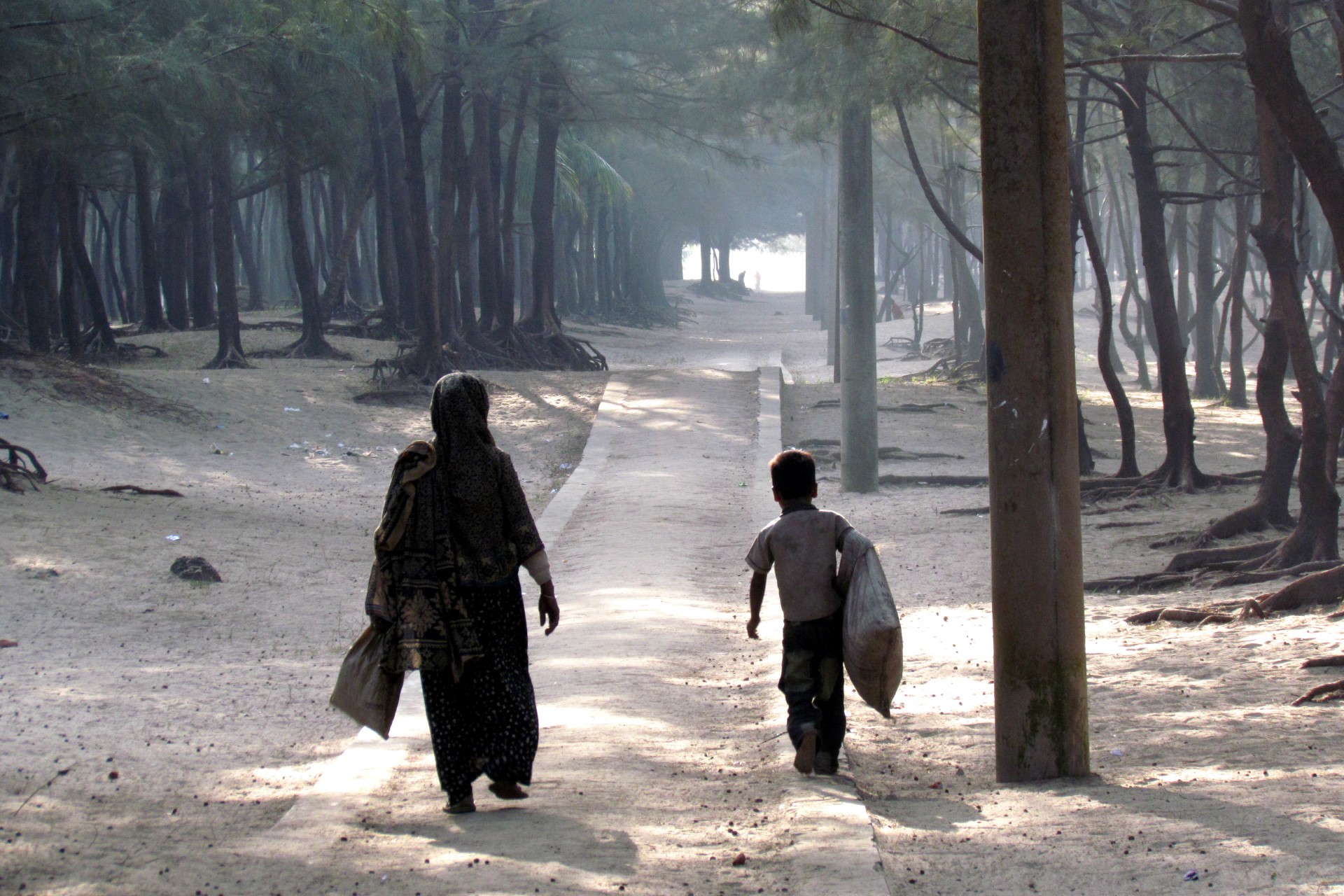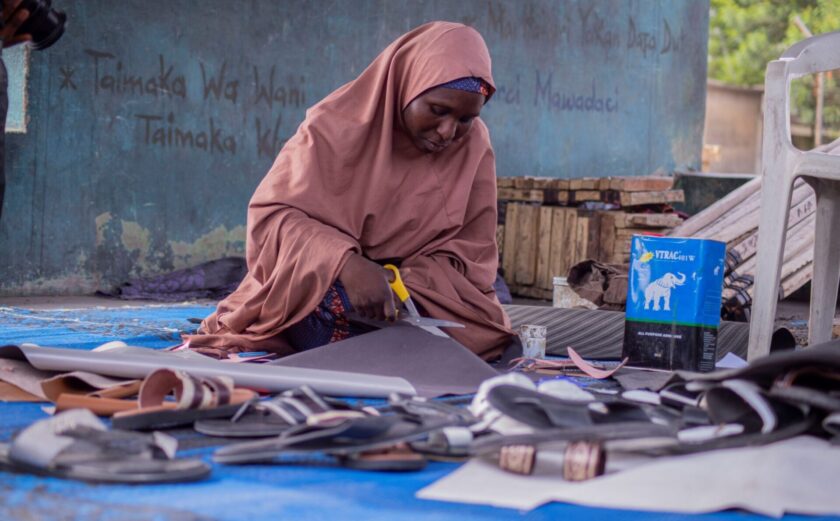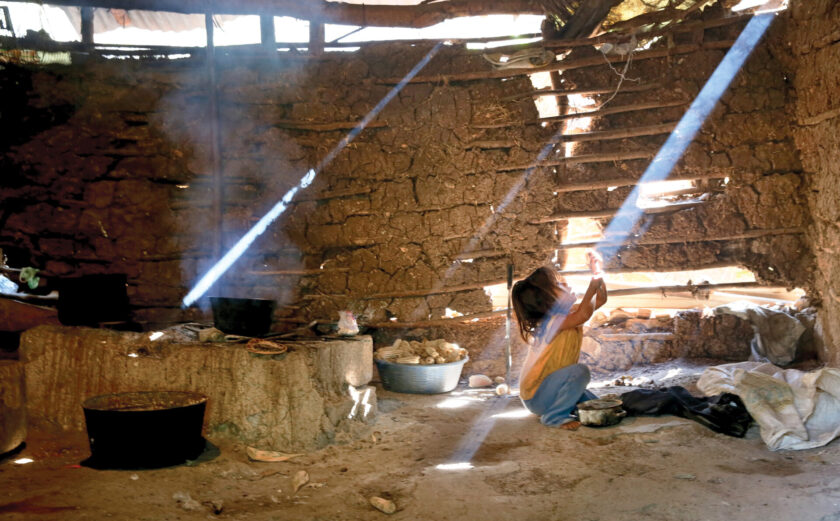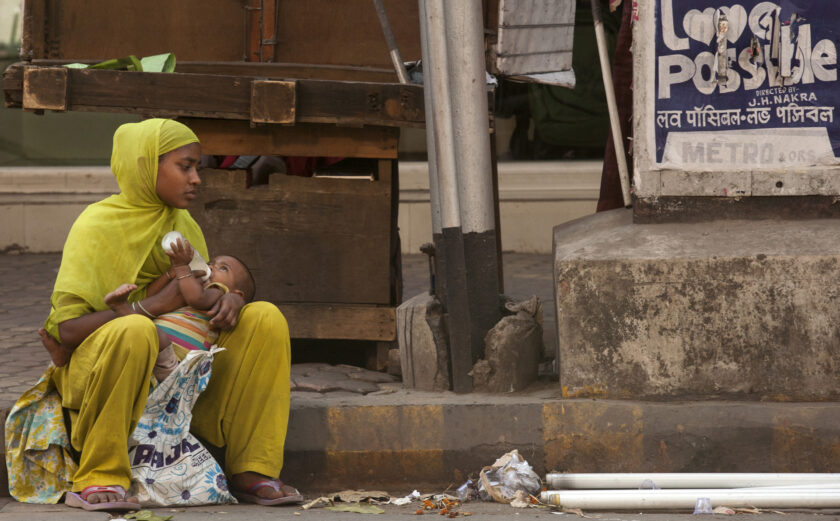
InterAction Members Raise Awareness on the Five-Year Anniversary of the Rohingya Refugee Crisis
The Rohingya refugee crisis has entered its fifth year, with over 1.1 million Rohingya displaced from Myanmar since an uptick of violence in 2017.
On August 23, 2022, Refugees International and other InterAction Members hosted a roundtable media briefing (Rohingya Refugees and Activists Address Rohingya Crisis Five Years On) featuring Rohingya leaders from inside refugee camps in Cox’s Bazar, Bangladesh, and the diaspora community living around the world.
Wai Wai Nu, a former political prisoner, and founder and Executive Director of the Women’s Peace Network in Myanmar, summarized the crisis:
The deteriorating living conditions in the [refugee] camps leave people with no choice but to leave the country or the camps. People are losing hope in the refugee camps. There is a stronger need for the international community to have a more comprehensive response to the Rohingya crisis that addresses root causes and improves the immediate living conditions and security concerns in the refugee camps.
Five years ago, on August 25, 2017, violence and persecution in Myanmar’s Rakhine State forced 600,000 Rohingya to flee the country. During this time of mass displacement, numerous cases of human rights abuses were committed against the Rohingya population, including rape, assaults on children, arbitrary detentions, and the burning of entire villages. Currently, there are 800,000 internally displaced people inside Myanmar in addition to the 1.1 million Rohingya refugees displaced in other countries.
The five-year anniversary marks a new stage in the crisis, which is now defined as a protracted crisis by U.N. definition. Several hundred people each week flee into the neighboring countries of Bangladesh, India, and Thailand. As human rights abuses and violence toward Rohingya continue, it is unclear when it will be safe for refugees to return to Myanmar.
This is the first anniversary since the United States Government determined that the Myanmar army committed genocide against the Rohingya population. Genocide is defined as “acts aimed at the destruction of all or part of certain groups of people.”
In Cox’s Bazar, Bangladesh, Rohingya refugees live in some of the world’s largest and most densely populated camps. Over the past five years, Rohingya refugee camps have experienced attacks, floodings, fires, and landslides—all of which have further exasperated the ongoing humanitarian crisis. In July 2022, 3.5 million children were impacted by floods in northeastern Bangladesh, which left families without access to clean water and at risk of contracting waterborne diseases, including diarrheal diseases.
A year prior, in March 2021, 48,000 Rohingya lost their shelter and personal belongings in a fire in the Kutupalong refugee camp. The recurring tragedies demonstrate the need for immediate solutions to address existing hazards and mitigate risk in the camps while identifying durable, dignified, and sustainable solutions for displaced Rohingya to recover and regain control over their lives. In addition, any relocation of refugees, especially to Bhasan Char Island, must be voluntary and abide by human rights law and humanitarian principles. The government and international community must ensure that no one is forcibly relocated—and that all relocations are done in a dignified manner, in full consultation with the affected populations, only with their informed consent, and in line with international human rights law.
Further impacting the quality of life for Rohingya refugees, the Government of Bangladesh has prevented the integration of Rohingya refugees into local communities. Rohingya children are not allowed to enroll in schools outside of the camps or take national exams, depriving children of formal education. Rohingya women’s activist Umme Salma, who lives in the Kutupalong refugee camp in Bangladesh, shared at the media briefing, “We need formal education with the certificate. Education is a fundamental human right for every Rohingya child. It has been five years, and we are not getting any opportunities for formal education.”
A survey from Save the Children found that two-thirds of children do not feel any safer now than when they first arrived in the Bangladesh refugee camps.
For five years, the international community has spotlighted the anniversary of the Rohingya refugee crisis and genocide, yet the situation for Rohingya living inside and outside of Myanmar continues to deteriorate.
The international community cannot let this crisis fall into the background and must call out Myanmar’s continuing human rights abuses.
Recommendations
- For Donors: Fully fund U.N.’s Joint Response Plan for the Rohingya Humanitarian Crisis in Bangladesh to improve camp conditions and support durable solutions for Rohingya refugees residing outside of Myanmar.
- For the U.S. Senate: Pass the Burma Act, which would release additional humanitarian aid to the region and help address the root causes of the crisis.
- For the NGO community and U.S. Government: Continue advocating for a pathway to citizenship and nationality. Rohingya are one of the largest stateless populations in the world, and they continue to be deprived of citizenship or legal status in both Myanmar and Bangladesh. Therefore, advocacy for a pathway to citizenship and nationality must continue.
- For political actors: Work together to address the root causes of the Rohingya refugee crisis while humanitarian aid continues to flow. Without addressing the root causes of the violence and displacement, the Rohingya people will continue to have their rights deprived and be unable to move forward with their lives.
InterAction Member and Partner Responses
- Jewish Rohingya Justice Network: Five years Later: Anniversary of the Start of the Burmese Military’s Genocidal Campaign Against the Rohingya People is a Moment for Action
- MedGlobal: 5 Years After the Genocide: Rohingya refugees’ needs are higher than ever
- Refugees International: 5 Years On: 5 Priorities to Address the Rohingya Crisis and Forge a Better Future for the People of Myanmar
- Refugees International: Act on Rohingya Genocide Remembrance Day
- Save the Children: Five Years after Rohingya Exodus, Two-Thirds of Children in Refugee Camps Do Not Feel Safer than When They Arrived in Bangladesh
- USCRI: USCRI Statement on the Five Years of the Rohingya Crisis
- USCRI: Myanmar | Putting a Light to the Overshadowed Crisis








